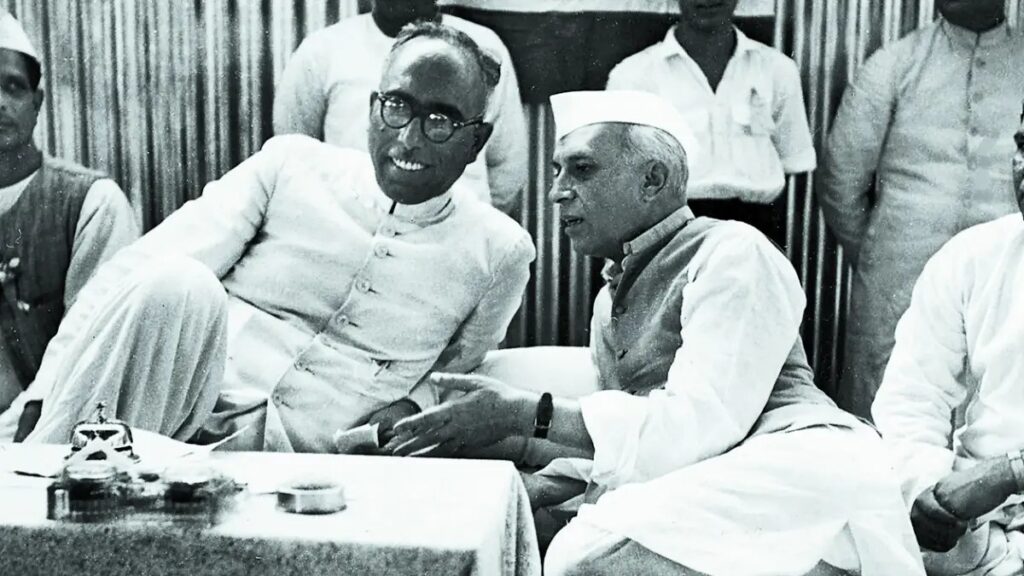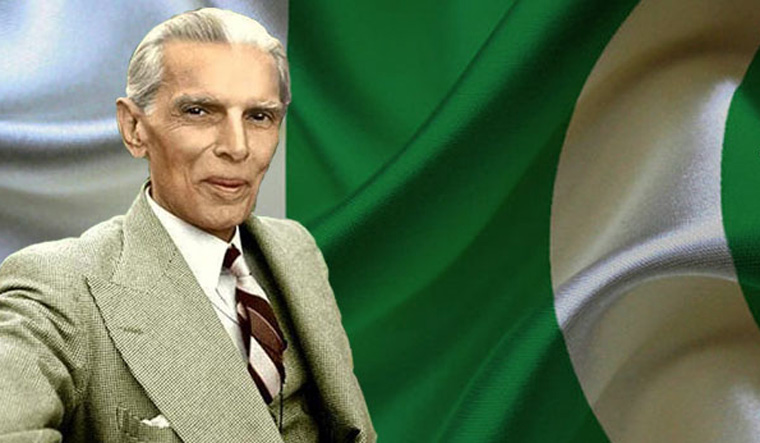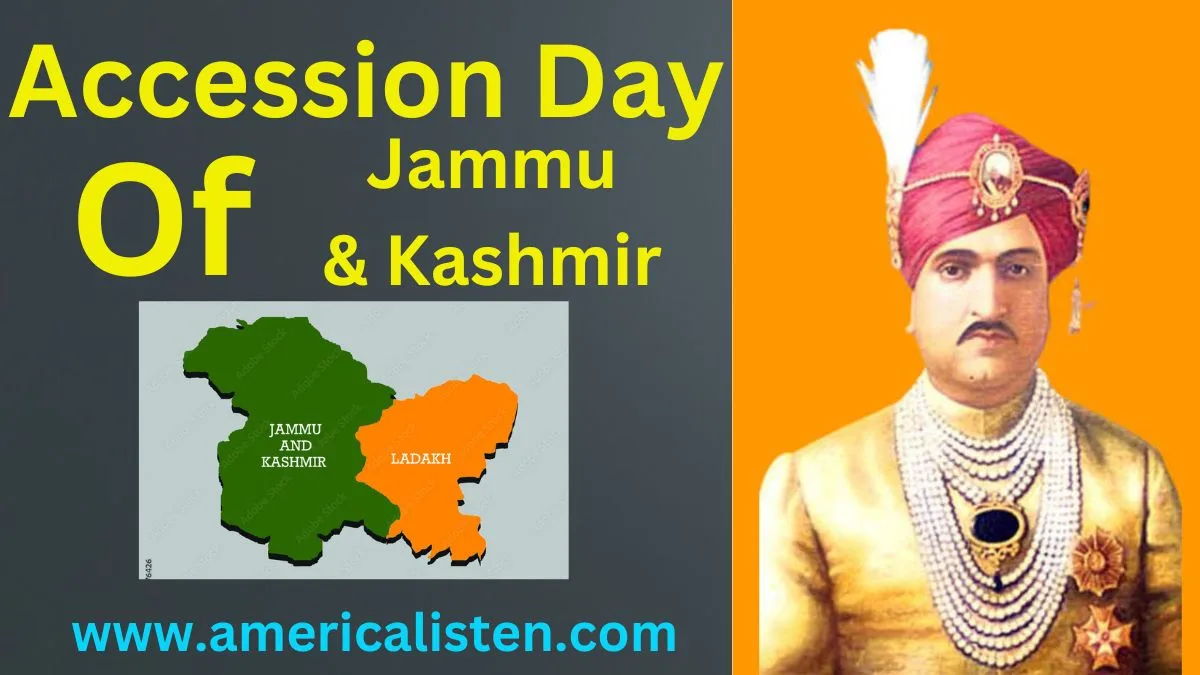The article explores the historical significance of “Jammu and Kashmir Accession Day,” celebrated on October 26th in India. This day marks the signing of the Instrument of Accession by Maharaja Hari Singh in 1947, leading to the integration of Jammu and Kashmir into independent India post-partition. The decision to accede was influenced by a complex interplay of factors, including geopolitical dynamics during the partition, communal tensions within the state, and the invasion by tribal militias allegedly supported by Pakistan.
Seeking military assistance, Hari Singh acceded to India on October 26, 1947, formalizing the state’s merger. However, Pakistan disputes the legitimacy, contending that the accession was forced, advocating for the right to rule based on the Muslim majority. This divergence in perspectives continues to fuel the India-Pakistan conflict, making the territorial dispute over Jammu and Kashmir an enduring and central issue in the region.
1.Commencing the celebration of ‘Accession Day,’ delve into understanding ‘The Complex Decision to Accede’ Factors and Geopolitical Context.
2.Turbulence during Accession Day: Communal Tensions, Tribal Invasion, and Military Assistance
3.Ongoing Strife: Differing Perspectives and the India-Pakistan Conflict
After the BJP came to power at the centre on 5th August 2019, Article 370 and 35A were repealed. Since then, “Jammu and Kashmir Accession Day” is celebrated all over India, and this day is also an official holiday, so it is important to understand what transpired on this day for India to commemorate it.

Accession Day, also known as Jammu and Kashmir Accession Day, is observed on October 26th in India. This Accession Day, also known as Jammu and Kashmir Accession Day,This (Accession Day) day commemorates the signing of the Instrument of Accession by Maharaja Hari Singh, the ruler of the princely state of Jammu and Kashmir, in 1947. This Instrument of Accession allowed Jammu and Kashmir to join the newly independent India, following the partition of British India into India and Pakistan.
The accession of Jammu and Kashmir to India was a significant event in the history of the subcontinent and played a pivotal role in shaping the region’s political landscape. It eventually led to the integration of Jammu and Kashmir into the Indian Union.Accession Day is observed in different parts of India, particularly in Jammu and Kashmir, to remember and commemorate this historical event. It is a day to reflect on the region’s history and its integration into the Indian Union.
Why Did Maharaja Hari Singh Accede to India?
Introduction
The accession of Jammu and Kashmir to India in 1947 was a historic and pivotal moment in the subcontinent’s history. Maharaja Hari Singh, the ruler of the princely state of Jammu and Kashmir, played a crucial role in this decision. The circumstances and factors that led to his choice of accession are complex and influenced by a variety of political, geographical, and social dynamics. In this article, we will explore the reasons why Maharaja Hari Singh decided to accede to India.

- Geopolitical Context
At the time of independence in 1947, the Indian subcontinent was undergoing a tumultuous period. The partition of British India into two dominions, India and Pakistan, was accompanied by widespread violence and communal tensions. The princely states, which were autonomous entities, had the choice to accede to either India or Pakistan or remain independent.
Maharaja Hari Singh faced a challenging situation. His state shared borders with both India and Pakistan, making it particularly vulnerable to the turmoil of partition. Additionally, Jammu and Kashmir had a diverse religious and ethnic composition, which added to the complexity of the decision.
- Communal Tensions
One of the critical factors influencing Maharaja Hari Singh’s decision was the communal tensions within his state. Jammu and Kashmir had a Muslim majority population, but the Maharaja himself was a Hindu. The communal violence that erupted in parts of the state in 1947, with reports of attacks on both Hindu and Muslim communities, deepened his concerns.
Hari Singh’s fear was that if Jammu and Kashmir remained independent, it might become a battleground for communal conflicts, and he was determined to avoid this fate for his people.
- Tribal Invasion
In October 1947, just a few months after independence, tribal militias, allegedly backed by Pakistan, invaded Jammu and Kashmir. This invasion further intensified the crisis. Maharaja Hari Singh sought assistance from the Indian government to repel the invaders and protect his state.
- The Instrument of Accession
In response to Hari Singh’s request for help, the Indian government, under the leadership of Prime Minister Jawaharlal Nehru and Deputy Prime Minister Sardar Vallabhbhai Patel, agreed to provide military support but on the condition that the Maharaja would accede to India. The Instrument of Accession was signed on October 26, 1947, formalizing the state’s merger with India.

Conclusion
Maharaja Hari Singh’s decision to accede to India was influenced by a complex web of factors. The geopolitical context, communal tensions, the tribal invasion, and the need for military assistance all played a role in his choice. By acceding to India, Hari Singh sought to protect his state from the perils of communal violence, external aggression, and the uncertainties of independence. This decision had a profound impact on the future of Jammu and Kashmir, leading to its integration into the Indian Union and the decades-long conflict over the region.
Opinion of pakistan
Pakistan has long maintained that the accession of Jammu and Kashmir to India was not legitimate and has a different perspective on the matter. Pakistan claims that the Maharaja Hari Singh’s decision to accede to India was forced and that it should have had the right to rule over the entire territory, as Jammu and Kashmir had a Muslim majority population.
1.The Complex Decision to Accede: Factors and Geopolitical Context
Delving into the intricate circumstances that influenced Maharaja Hari Singh’s historic decision to accede Jammu and Kashmir to independent India in 1947.
2.Tumultuous Times: Communal Tensions, Tribal Invasion, and Military Assistance
Unpacking the challenges faced by Hari Singh, including communal violence, the invasion by tribal militias allegedly backed by Pakistan, and the subsequent decision to seek military support from India.
3.Ongoing Strife: Differing Perspectives and the India-Pakistan Conflict
Exploring the enduring conflict as Pakistan challenges the legitimacy of the accession, advocating for the right to rule based on the Muslim majority and supporting the cause of Kashmiri self-determination, resulting in ongoing tension in the region.
Pakistan has consistently supported the cause of Kashmiri self-determination, arguing that the people of Jammu and Kashmir should have been given the opportunity to decide their own political future through a plebiscite, as initially outlined in United Nations Security Council Resolution 47 in 1948. Pakistan contends that the accession to India was in violation of the principle of self-determination, which it believes is a fundamental right of the Kashmiri people.
This difference in perspective has been a major source of conflict between India and Pakistan and has led to several wars and ongoing tension in the region. The territorial dispute over Jammu and Kashmir remains a central issue in the complex and longstanding India-Pakistan conflict. Pakistan’s stance on the accession issue continues to influence its foreign policy and its approach to the Kashmir dispute.
To know more About Accession Day please click here
You May Like :
Kashmir’s Golden Elixir: The Saffron Secret That Will Transform Your Life Forever
The Superfood You’re Missing Out On – Collard Greens’ Astonishing Health Benefits
Unveiling the Golden Secrets of Apricots: A Journey Through History, Health, and Flavor


